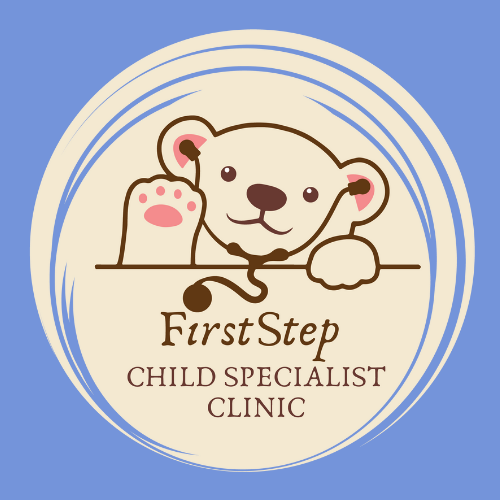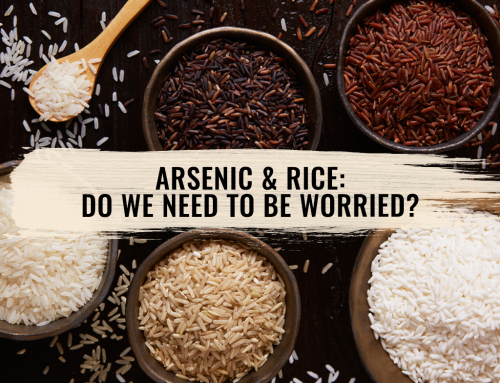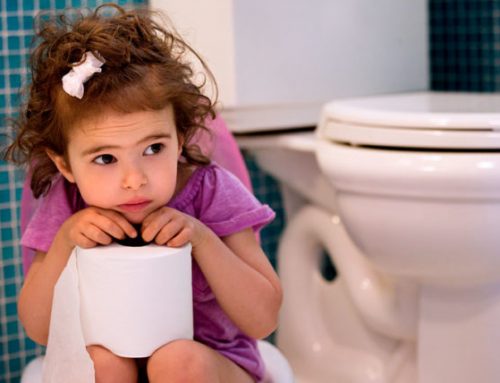Why does my child have a potbelly?
I find babies or young children (toddlers) with potbellies the cutest thing ever! Potbellies in this age group is a common occurrence which will gradually disappear once they approach school-going age. However, there are certain instances where having a potbelly may be a sign of something sinister.
✅The ‘innocent’ potbelly.
The ‘innocent’ potbelly seen in most healthy babies or young children is due to:
✔️The swallowing of air.
The act of swallowing air is universal and involuntary, contributing to 70% of air in the gut. In babies and young children, certain practices can lead to larger volumes of air swallowed such as crying, nursing from an empty bottle or sucking on a pacifier. This excess air eventually gets dispelled from the body by the act of burping or passing wind.
✔️The shape of the spine.
Young children tend to have an inward curve of the spine caused by weak muscles around the hip. This condition will correct itself as the child grows up.
✔️The weakness of abdominal muscles.
Young children have weak rectus abdominis, better known as six-pack muscle giving rise to the swollen belly appearance. The strength of this muscle will improve with time, resulting in a less prominent belly.
❎When is a potbelly not normal?
✔️A child who is not growing well.
In a child who is not growing well, the presence of a potbelly can signify underlying severe protein deficiency known as Kwashiorkor. A child with this condition would also have other features like brittle hair, small muscle bulk, unhealthy red or peeling skin and leg swelling from fluid retention.
✔️In a child with chronic diarrhoea.
A child with poor growth and prolonged diarrhoea could have Coeliac Disease, a condition whereby exposure to the gluten protein found in rye, wheat and barley results in the destruction of the lining of the bowel. As a result, there is poor absorption of nutrients. Thankfully this condition is relatively rare in Asians.
✔️If associated with pain or fever.
A sudden painful swollen belly with fever will require immediate medical attention. Both infection and inflammation can share the same symptoms; hence a detailed examination and investigation may be needed to find out the underlying cause.
✔️A hard or firm belly
The cause of this can range from chronic constipation, swollen organs like liver or spleen to the presence of growth in the abdomen.
Unlike the potbelly of an adult which is primarily caused by excess fat accumulation, a potbelly in healthy young children without these warning signs is harmless.
Commemorate the moments by taking lots of cute ‘belly-shots’! ?
Reference:
1. Aerophagia a cause of gaseous abdominal distension in a toddler Journal of Pediatric Gastroenterology and Nutrition: August 2000 – Volume 31 – Issue 2 – p 204-207
2. Picture courtesy of romper.com
INTERESTED IN PARENTING ARTICLES?
We have the right articles just for you.
“There is no such thing as a perfect parent. So just be a real one.” – Sue Atkins








